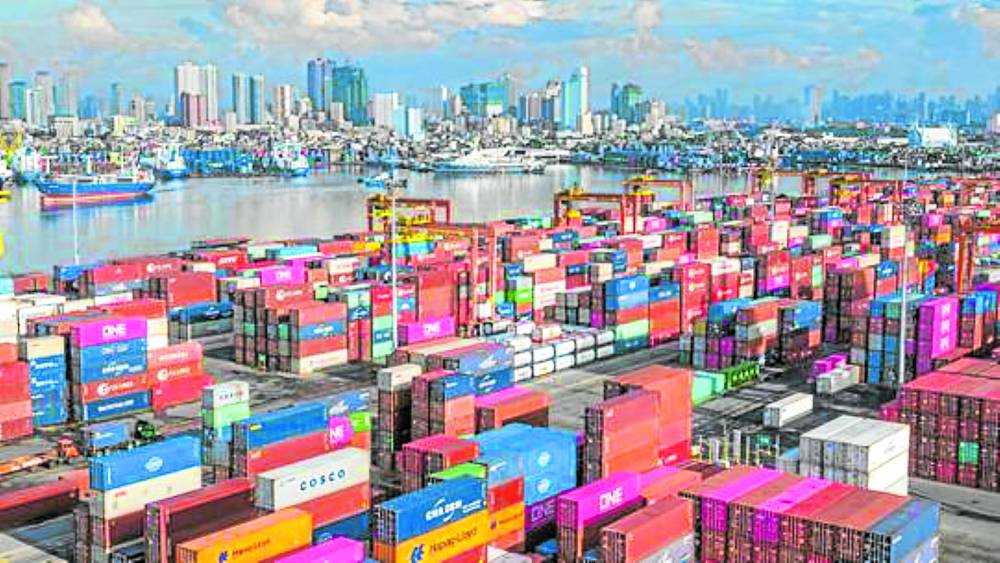Dampened demand for shipping brings down sea freight costs

NO MORE DELAYS With the gradual return to normal of trade activities with the gradual recovery of the national and global economies, shipping costs are bottoming out. —CONTRIBUTED PHOTO
Ocean freight costs have bottomed out as demand for goods and raw materials has dwindled amid rising consumer prices that have discouraged spending.
Royal Cargo chair and group CEO Michael Raeuber, in a recent interview with the reporters, said shipping costs have significantly gone down after peaking due to pandemic-induced factors such as lack of container vessels and mobility restrictions.
For example, he said that sending a 40-foot container via sea freight from the Philippines to the United States now costs $2,000, which was markedly lower compared to $20,000 months earlier.
“We are now at the bottom. I don’t think that you can go much lower than that,” he said.
This bodes well for the business sector, he said, as they can pocket some savings given the current prices.
“But what I also told the public: that’s your opportunity. You pay much less now for freight, as well as outbound,” he stressed.
Raeuber noted that the global trade had slowed down after the economy “overheated” when more activities had resumed due to the easing of mobility restrictions, translating to weaker shipping demand.
According to IHS Market, global manufacturing activities have contracted for the second successive month in September due to cost pressures.
“There is less demand from the public because the prices went up. As items cost more money, the public can purchase less,” he said.
Current market volatility, such as inflation and elevated interest rates, were also pushing the consumers not to buy as much and redirect their funds into savings instead, the Royal Cargo official added.
German logistics firm DHL, in its recent monthly market update, agreed that the demand for shipping services in general would continue to weaken moving forward.
Energy costs
It noted that the “war risk, skyrocketing energy costs, political instability and general inflation, all of which are now impacting overall consumer spending and thus trade volumes,” were the cause for this.
With lower demand, Raeuber said there were no shipping delays anymore.
The business sector, to recall, had expressed concern about shipping constraints that resulted in delays in the delivery of items for months. This was after economic activities picked up after the lifting of lockdowns.
According to the Philippine Ports Authority, the total cargo throughput grew by 7.40 percent to 262.05 million metric tons (MMT) last year from 243.99 MMTs in 2020 with the return of more economic activities.
The bulk of these was accounted for by foreign trade whose cargo volume rose by 10.07 percent to 165.54 MMTs; domestic cargo, on the other hand, was up 3.11 percent to 96.5 MMTs.
Read Next
Subscribe to INQUIRER PLUS to get access to The Philippine Daily Inquirer & other 70+ titles, share up to 5 gadgets, listen to the news, download as early as 4am & share articles on social media. Call 896 6000.
For feedback, complaints, or inquiries, contact us.
For all the latest Business News Click Here
For the latest news and updates, follow us on Google News.



